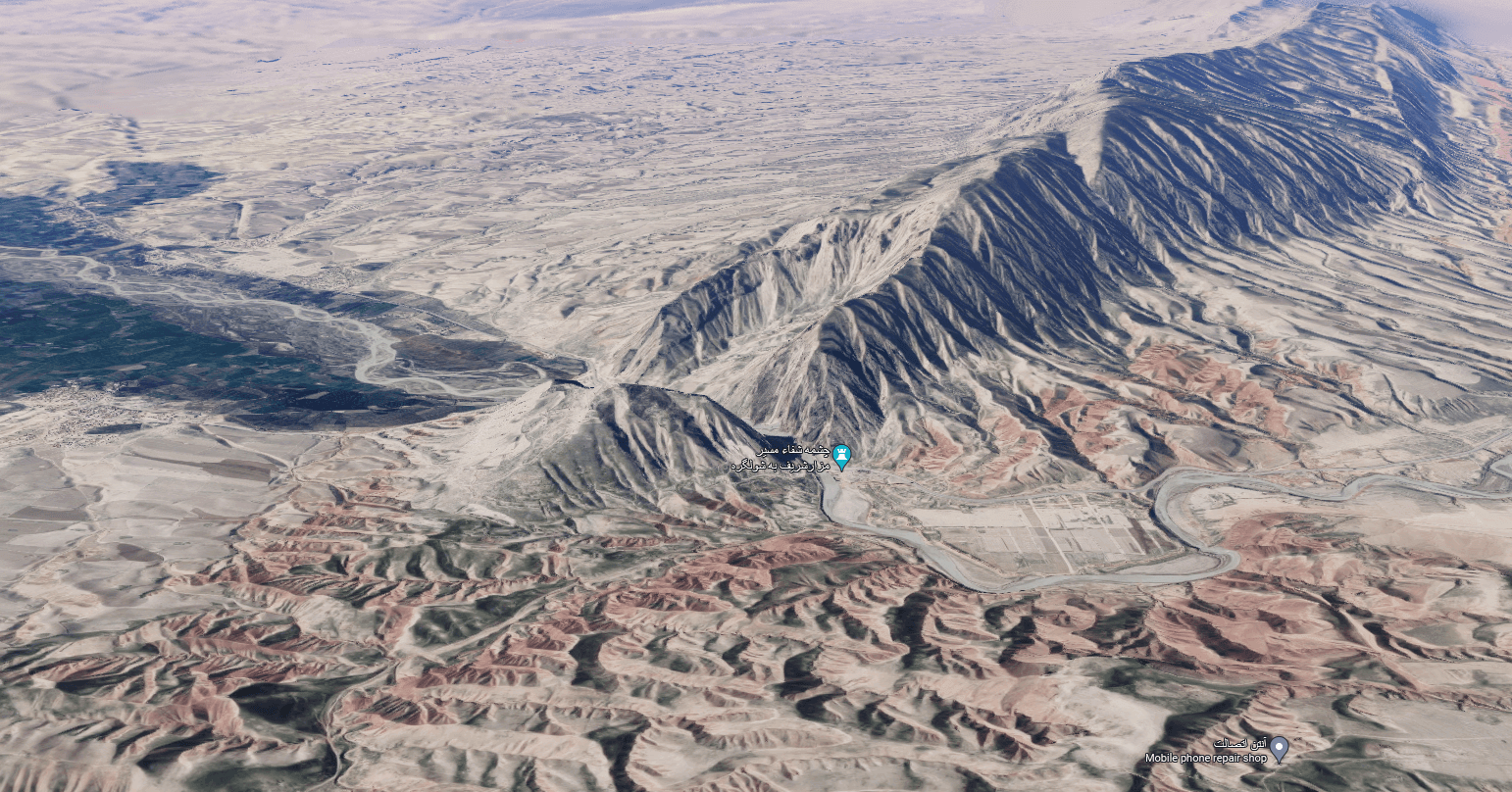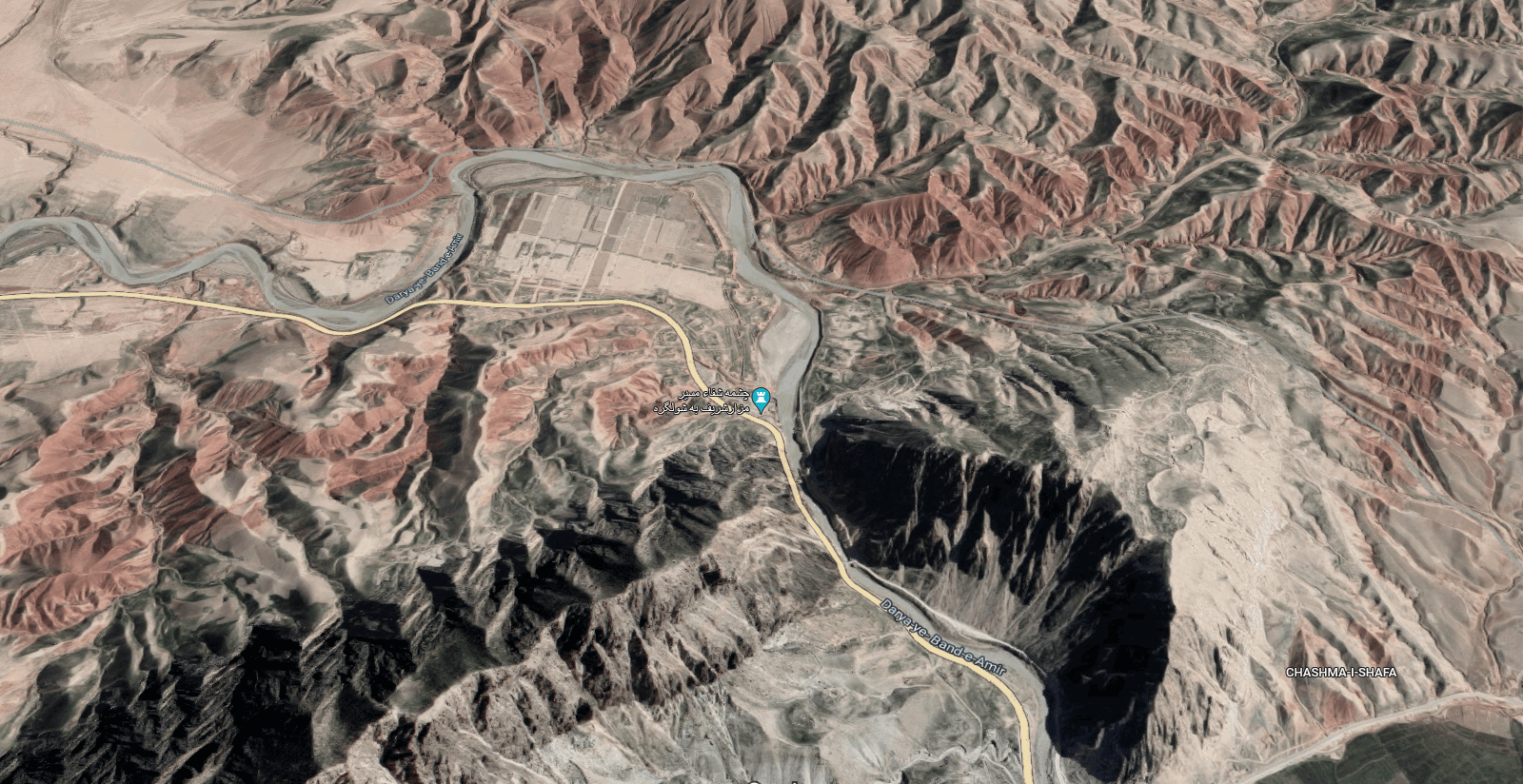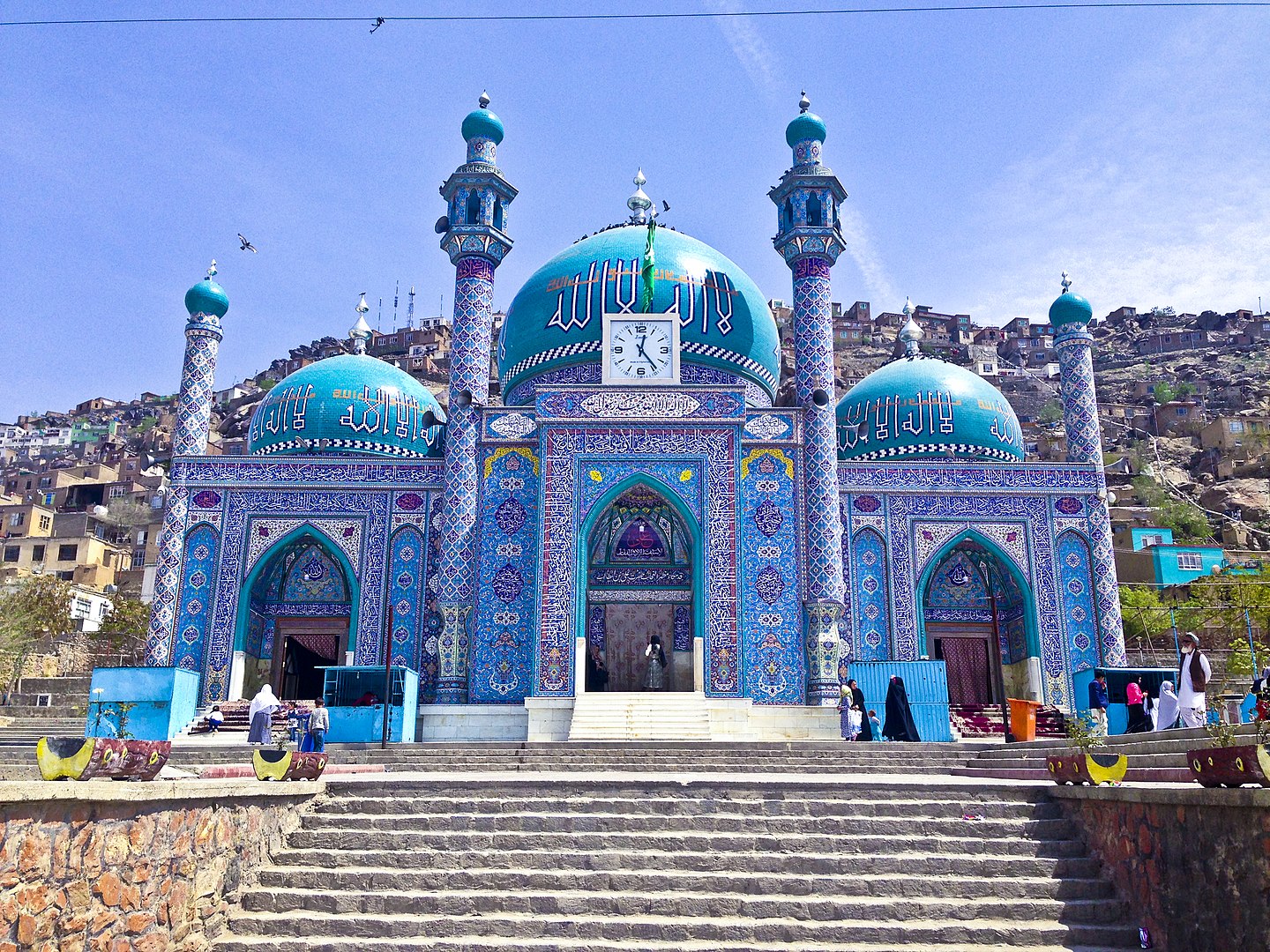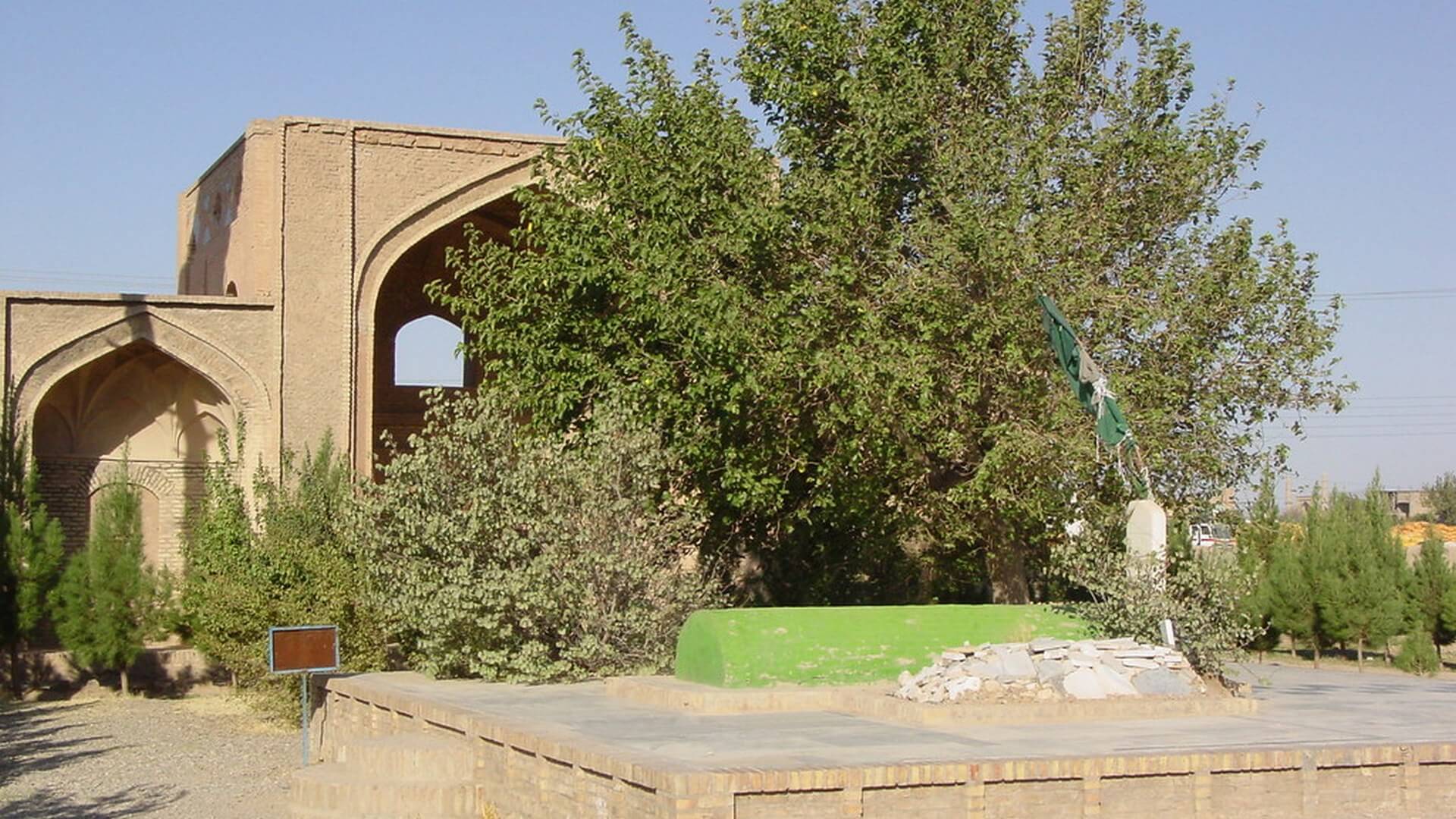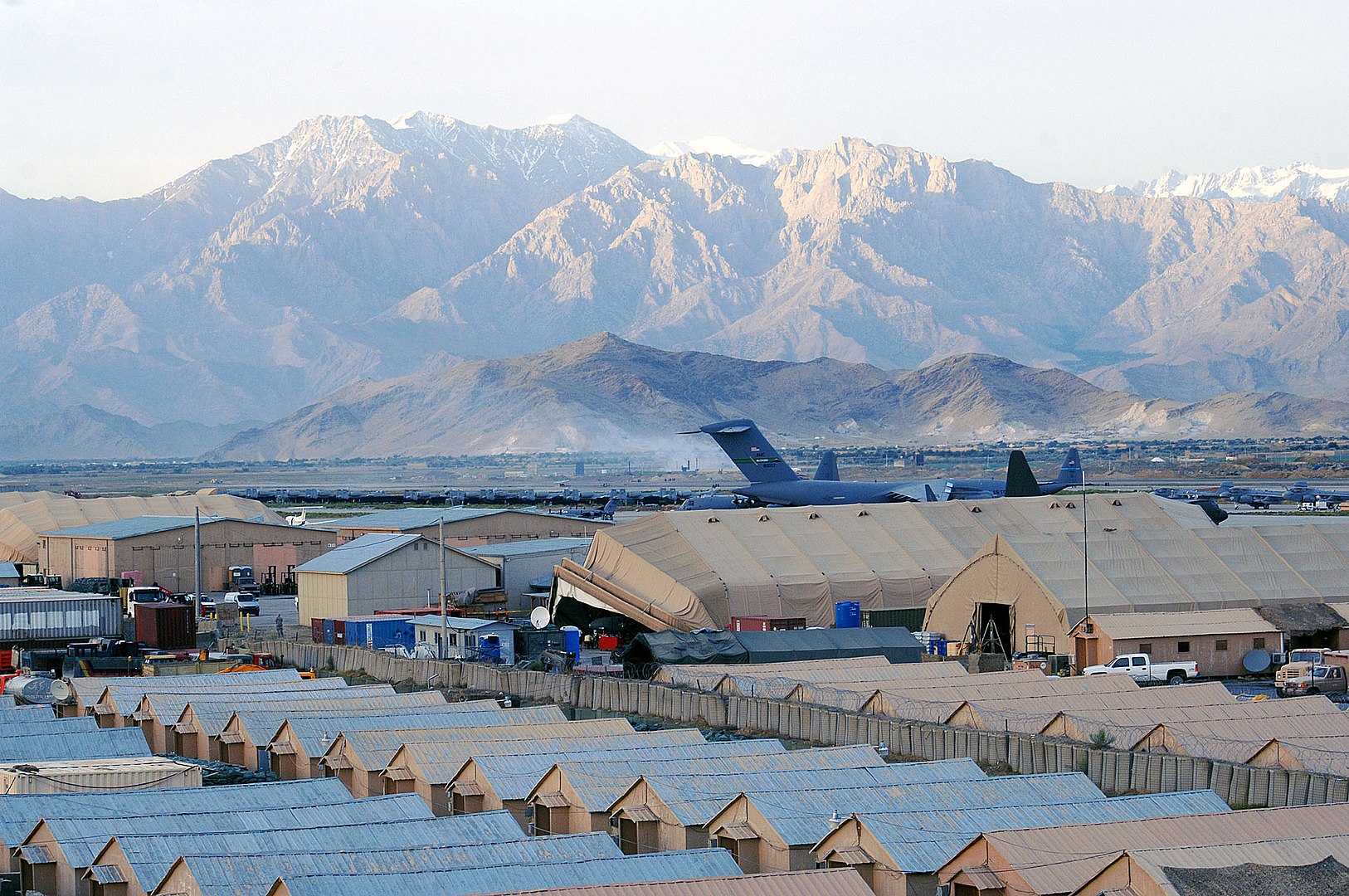Mazar Sharif, Afghanistan
Coordinates: 36.5336, 66.96657
Introduction: Unveiling the Mysteries of Cheshmeh-ye Shafa
Nestled near the vibrant city of Mazar-i-Sharif in Afghanistan lies a site shrouded in both historical significance and spiritual reverence – Cheshmeh-ye Shafa. This spring, with its tranquil waters and rich folklore, serves as a nexus where the narratives of Islamic history intersect with the echoes of Alexander the Great’s conquests. Join us on a journey of discovery as we unravel the enigmatic legacy of Cheshmeh-ye Shafa, exploring its connection to Islamic history, the Sahabas, and the alleged footsteps of Alexander.
Cheshmeh-ye Shafa in Islamic History: A Tale of Spiritual Healing
In Islamic tradition, Cheshmeh-ye Shafa holds a sacred place, steeped in the lore of the Sahabas – the Companions of the Prophet Muhammad, peace be upon him. Legend has it that Hazrat Ali (may Allah be pleased with him), the revered cousin and son-in-law of the Prophet, encountered a moment of divine intervention at this very site. During a campaign, when his army faced dire thirst, Hazrat Ali struck his sword into the ground, and water gushed forth miraculously, providing relief to the parched souls. The spring, henceforth known as Cheshmeh-ye Shafa, meaning the “Healing Spring,” became a symbol of spiritual solace and physical rejuvenation for Muslims who sought its sacred waters.
Cheshmeh-ye Shafa and the Alleged Footsteps of Alexander: Exploring Historical Intrigue
Beyond its association with Islamic history, Cheshmeh-ye Shafa is also shrouded in the allure of ancient civilizations and the legacy of Alexander the Great. While there is no definitive evidence linking Alexander to the spring, the broader region of Mazar-i-Sharif bears traces of his conquests and the cultural exchanges that ensued. As Alexander’s armies traversed the land, leaving an indelible mark on its landscape, it’s plausible that Cheshmeh-ye Shafa may have been touched by the footsteps of history’s most renowned conqueror.
The Intersection of Islamic Heritage and Alexander’s Legacy: Bridging Two Worlds
The convergence of Islamic history and Alexander’s legacy at Cheshmeh-ye Shafa encapsulates the richness and complexity of Afghanistan’s cultural tapestry. Here, the narratives of faith and conquest intertwine, weaving a narrative of resilience, diversity, and continuity. As visitors stand by the spring, they are reminded of the enduring presence of both Islam and ancient civilizations, whose legacies continue to shape the identity of Afghanistan and its people.
How to Get to Cheshmeh-ye Shafa: Embarking on a Journey of Discovery
For travelers seeking to experience the mystique of Cheshmeh-ye Shafa firsthand, the journey begins in Mazar-i-Sharif, a bustling city steeped in history and tradition. From Mazar-i-Sharif, visitors can embark on a scenic drive to Cheshmeh-ye Shafa, immersing themselves in the rugged beauty of Afghanistan’s countryside.


